- Automobiles & Motorcycles
- Beauty & Personal Care
- Business Services
- Chemicals
- Construction & Real Estate
- Consumer Electronics
- Electrical Equipment & Supplies
- Electronic Components & Supplies
- Energy
- Environment
- Excess Inventory
- Fashion Accessories
- Food & Beverage
- Furniture
- Gifts & Crafts
- Hardware
- Health & Medical
- Home & Garden
- Home Appliances
- Lights & Lighting
- Luggage, Bags & Cases
- Machinery
- Measurement & Analysis Instruments
- Mechanical Parts & Fabrication Services
- Minerals & Metallurgy
- Office & School Supplies
- Packaging & Printing
- Rubber & Plastics
- Security & Protection
- Service Equipment
- Shoes & Accessories
- Sports & Entertainment
- Telecommunications
- Textiles & Leather Products
- Timepieces, Jewelry, Eyewear
- Tools
- Toys & Hobbies
- Transportation
How to choose a Angular Contact Ball Bearing
Choosing the right angular contact ball bearing requires careful consideration of several factors to ensure optimal performance and compatibility with your specific application. Here are some key steps to guide you in the selection process:
Determine the Load Requirements: Identify the type and magnitude of the loads your bearing will need to withstand. Angular contact ball bearings are designed to handle both radial and axial loads simultaneously. Assess the expected load direction, magnitude, and the ratio between axial and radial loads. This information will help you determine the appropriate contact angle and load capacity needed for your application.
Define the Speed Requirements: Consider the operating speed of your application. Angular contact ball bearings are suitable for high-speed applications due to their low friction and precise design. However, different designs and materials may have specific limitations. Consult the manufacturer's specifications to ensure that the bearing can handle the anticipated speeds without compromising performance or causing excessive heat generation.
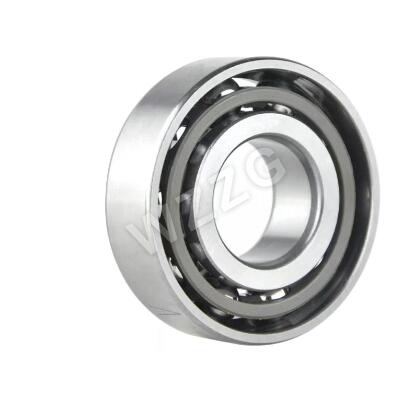
Select the Contact Angle: Angular contact ball bearings are available with various contact angles, typically ranging from 15° to 40°. The choice of contact angle depends on the specific application requirements. Smaller contact angles provide higher radial load capacity, while larger contact angles offer increased axial load capacity. Consider the balance between radial and axial loads in your application and select a contact angle that aligns with your needs.
Consider Preload: Preload refers to the internal axial force applied to the bearing, which eliminates any clearance between the rolling elements. Preloading can improve stiffness, minimize vibrations, and enhance the bearing's ability to handle axial and moment loads. Evaluate the requirements of your application and consult with the manufacturer or engineer to determine if preload is necessary and select the appropriate level of preload.
Further reading:Why do people choose deep groove ball bearing?
What Materials Are Used for Injection Molding?
What are forklift attachments and how do they work?
How Often Should You Replace Weather Stripping
Boat Winch Maintenance and Care: Tips for Longevity and Performance
Cast Aluminium Gate Q&A: Elevating Style and Security
Breathe Easy: Unveiling the Ultimate Blower Filter Guide for a Healthier Home
Choose the Correct Size and Tolerance: Ensure that the angular contact ball bearing you select is the right size for your application. Consider the bore size, outer diameter, and width specifications provided by the manufacturer. Additionally, pay attention to the bearing's tolerance class, which determines the dimensional and running accuracy. Higher tolerance classes provide tighter tolerances and better precision, but they may come at a higher cost.
Quality and Reliability: Select a reputable bearing manufacturer known for producing high-quality products. Quality bearings are built to withstand demanding conditions and offer longer service life. Look for manufacturers with a track record of producing reliable and durable angular contact ball bearings.
Seek Expert Advice: If you are unsure about the specific requirements or need assistance with the selection process, consult with a bearing engineer or contact the manufacturer directly. They can provide valuable insights and guidance based on their expertise and experience.
By considering these factors and seeking expert advice when needed, you can confidently choose the right angular contact ball bearing that meets the demands of your application, ensuring optimal performance, longevity, and reliability.
Enhancing Efficiency and Performance with Vertical Slurry Pumps
What Does Surface Finishing Process Include?
Advantages of Deep Groove Ball Bearings
Understanding the Function and Benefits of Belleville Disc Springs
How does a universal joint work?
What Are Forklift Sideshift Attachments?
Where is tyre coupling used?
Related Articles
If you are interested in sending in a Guest Blogger Submission,welcome to write for us!




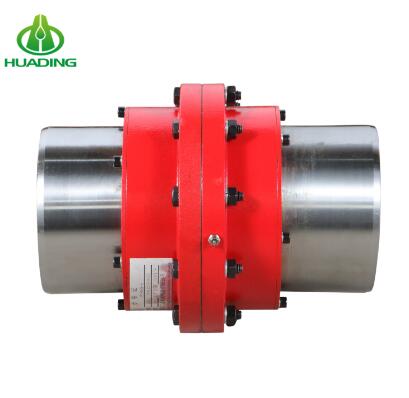
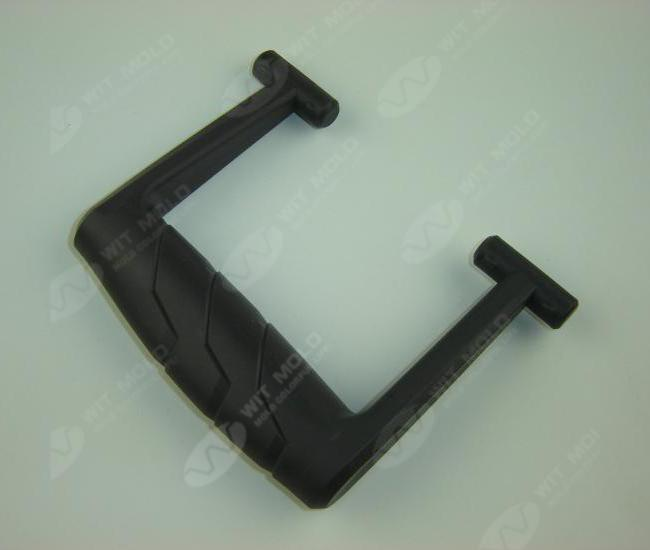
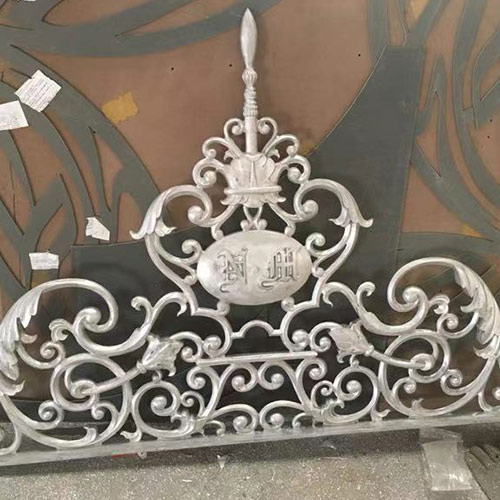
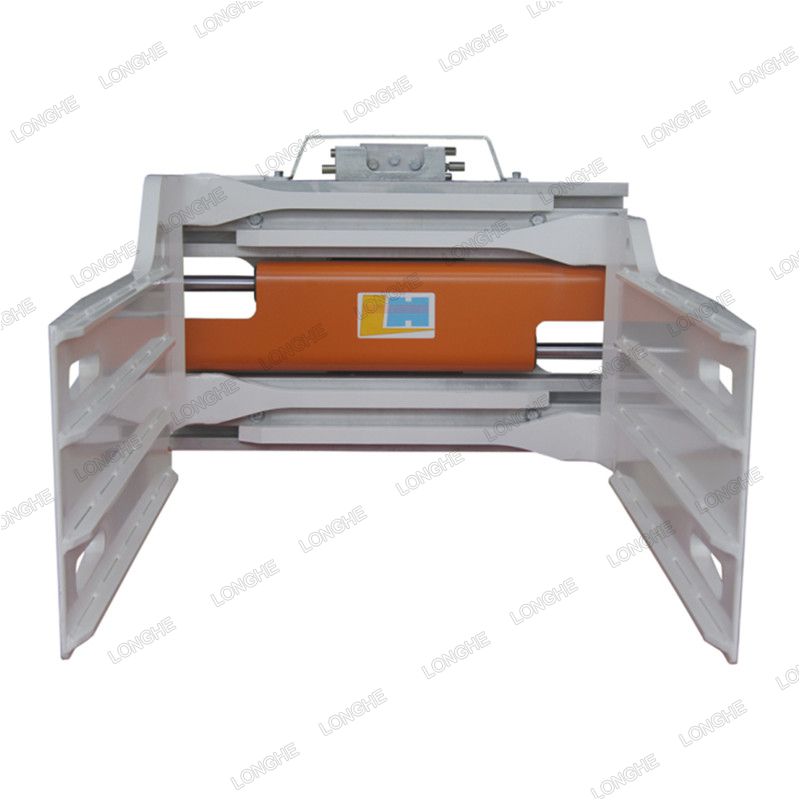
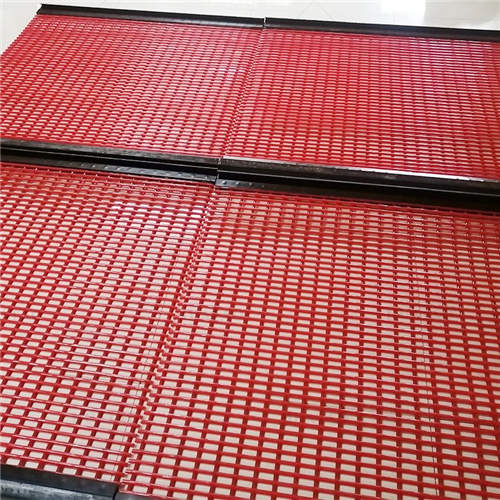
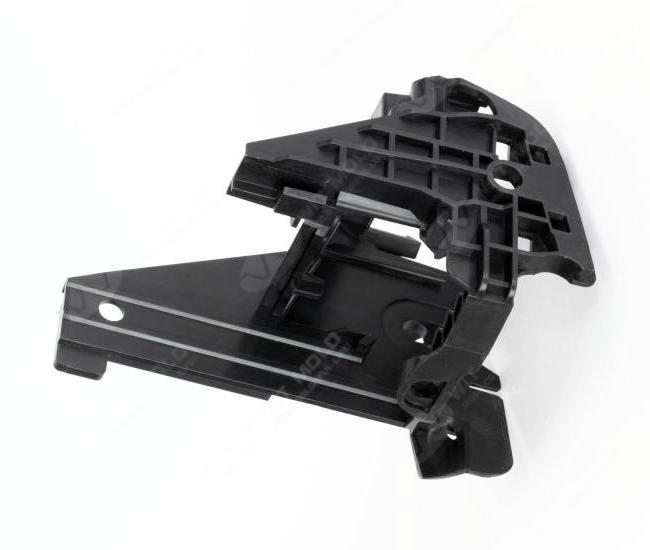
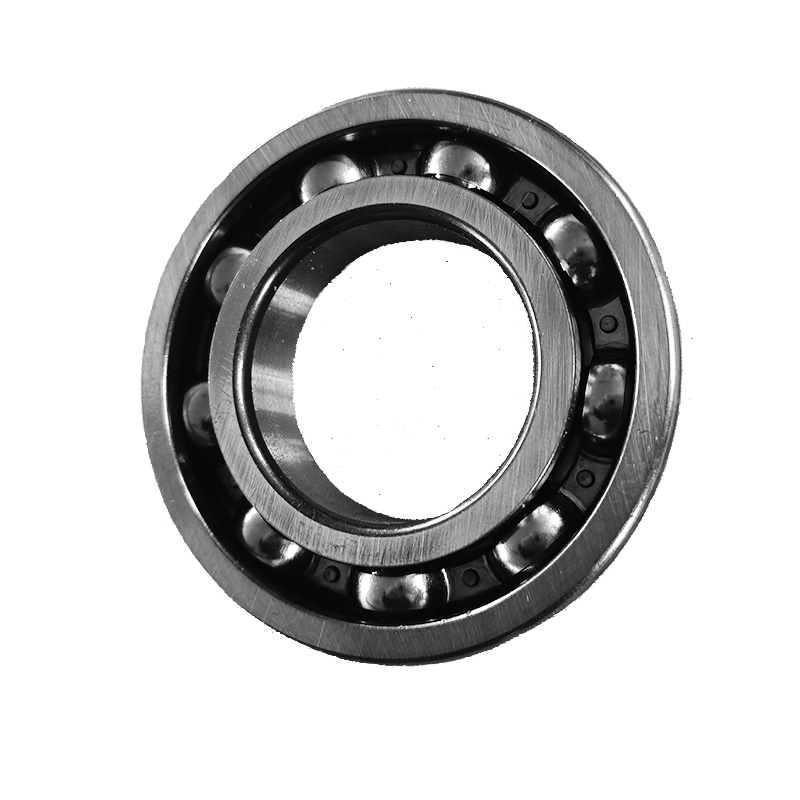

Comments
0